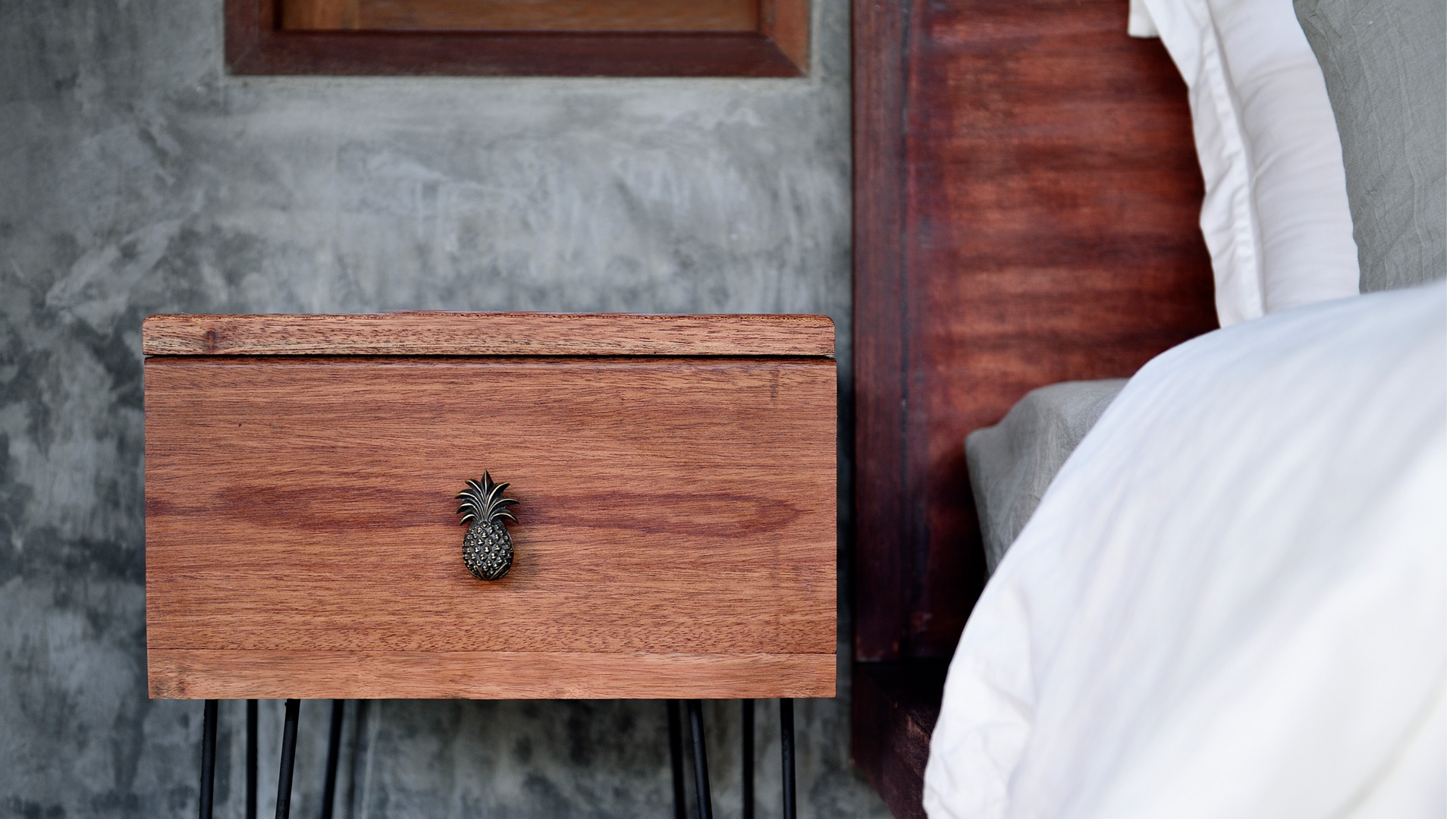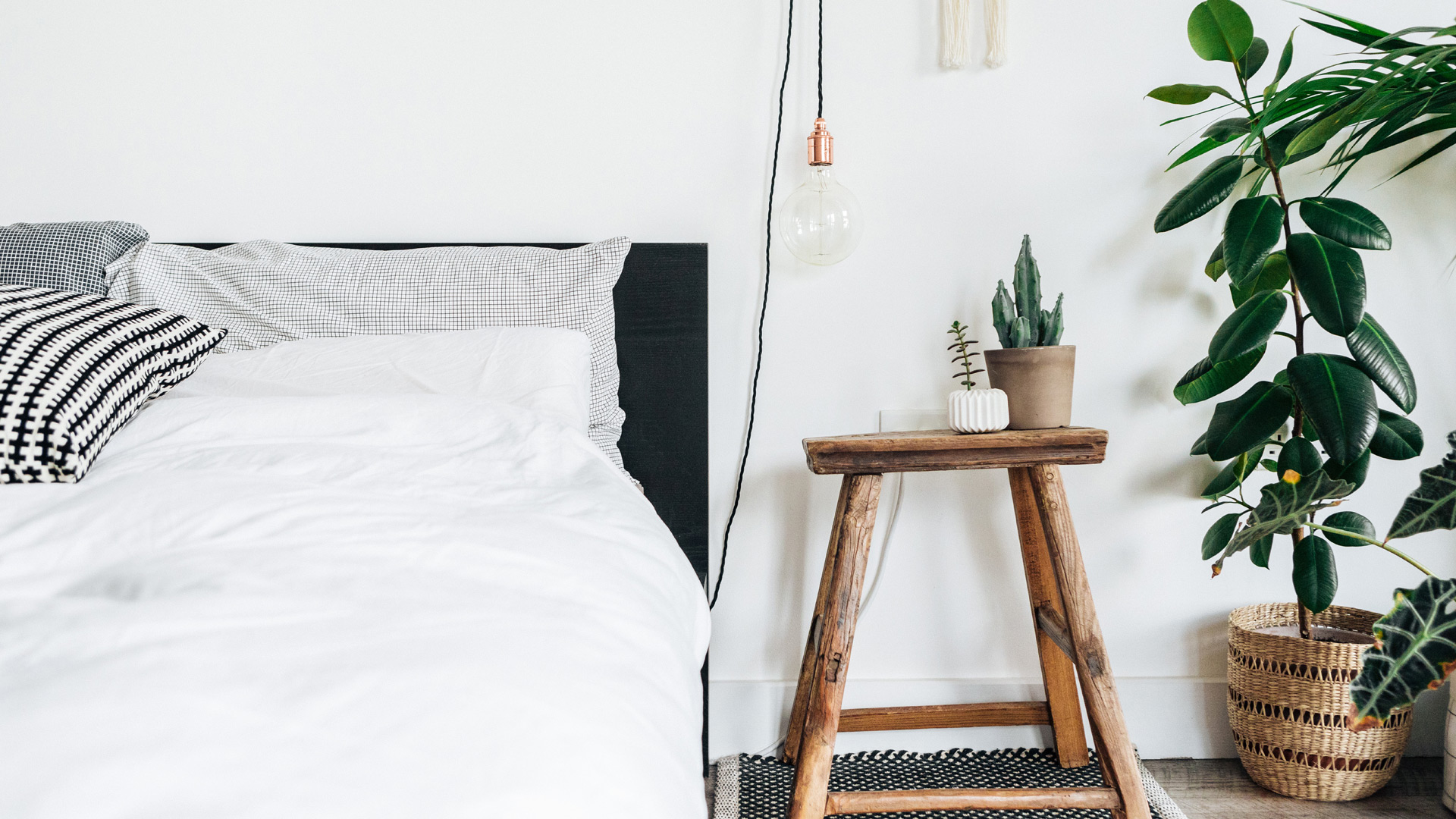Getting a great night’s rest is high on many of our agendas, but sometimes our rooms aren’t exactly helping when it comes to slumber. That’s why we’re rounding up five bedroom design mistakes that could be affecting your sleep, and how to change them.
Marking Sleep Awareness Week 2021, we’ve been bringing you a whole host of helpful advice from top experts so that you can get the best quality shut-eye possible. With everything from surprising sleep facts, to advice on how to clean pillows for a cozy night’s sleep, you can make sure you're sleeping better than ever before.
Below you’ll find five design mistakes we’re all pretty guilty of making, and we've also included advice on quick fixes that don’t have to cost a fortune or take up loads of your time. If you’re planning a whole new bedroom, you’ll be at an advantage with some of the best interior design software as you can specifically create a space that is optimal for sleeping. If you’re just looking for a cheap and quick fix though, check out our handy hacks below.
1. Poor lighting
In pretty much every other room in your house, poor lighting might mean dark and dingy spaces where you’re craving some glorious natural light. In a bedroom, it’s not quite the same. According to experts, red is actually the best color for promoting sleep in your bedroom. But unless you have a picture-perfect sunset streaming through the windows, how do you create that? Well, this is where the best smart lights come in. These handy bits of kit can be controlled via your phone and you can choose from a whole range of colors to suit your mood or the ambiance in your space. For more on this, read our feature on the best color smart lighting for sleep.
If your bedroom is fitted with bright lights, it’s best to avoid using these right before bed as they can affect your body’s production of melatonin, the hormone that makes us feel sleepy. Are you someone who needs to get up in the night? Consider investing in some motion sensing lighting that provides just enough light to avoid you stumbling over, but doesn’t over stimulate your brain.
With that in mind, keeping natural light out of your bedroom is also key to getting a good night’s rest. Consider simple things like the layout of your bedroom and if your bed is directly facing a window. If space allows, rearrange your furniture so that you can create a sleeping space that’s as dark as possible.
Of course, thick curtains and blackout blinds will also be a useful addition if you don’t have any already.
2. Clutter
A cluttered space can make you feel like you have a cluttered mind, so it’s super important to ensure the space where you’re resting is as calming as possible.
However, over the last year, many of us have seen our bedrooms take on a whole new range of functions. For some, the bedroom is a makeshift home office, a workout space, or a temporary classroom. If you’re able to, take it back to basics and make a list of all the things you actually use every day in your bedroom as part of your sleep routine.
Anything that’s leftover but isn’t on your list can then be organized by placing it in other rooms, investing in some good storage, and donating unwanted items to charity or thrift stores. The same idea applies to your nightstand. Keep it clear for only the basics such as a light and somewhere to keep a glass of water.

3. Loud decor
Having a relaxing sleeping environment doesn’t mean having stark white walls and no personality at all. In fact, in our recent feature on how to choose the best bedroom wall colors for sleep, we included plenty of tips for how to incorporate pastel colors and soft hues into your room.
However, when it comes to really bold colors, sleep.org suggests that bedroom paint colors can affect our sleep quality. It’s best to steer clear of really bright shades, or neon lighting in your bedroom. If you’re desperate to inject some personality, and bright and big colors are your thing, cleverly place these colors behind the headboard of your bed so you won’t actually be focusing on them as you try to fall asleep.

4. Style over substance
We all want our home to look lovely – that’s nothing new – but when it comes to injecting style into your bedroom, it’s certainly shouldn’t be without substance. If you want chic paint colors, gorgeous mirrors, lighting and soft furnishings, go for it! But don’t neglect the really important elements that will make a difference to your sleep.
We’re of course talking about what you sleep on. Investing in the best mattress online will make a huge difference to your quality of sleep. It’s not a case of one size fits all either, as whether you’re a side sleeper, like to stretch out on your back, or you sleep on your stomach, they’ll be a suitable mattress to suit your needs.
If splashing out on a mattress is too big an investment right now, we hear you. To increase comfort and support in your bed, take a look at the best bed toppers instead.
5. Too much tech
It probably won’t surprise you to know that blue light emitted from a phone or a screen isn’t great for our bedtime routine. As we mentioned earlier, lighting that is bright rather than warm can affect our body’s sleep hormones and make falling asleep more challenging.
If you love to watch TV in bed, we’re not saying to never do that (especially if it relaxes you for sleep), but if you can, try to have an hour of tech-free time right before you want to nod off. If you find it simply too tempting to scroll through your phone in bed, or rely on it to wake you up each morning, consider one of the best sunrise alarm clocks instead.
To understand why slumber is vital, we'd recommend reading our why is sleep important feature.

